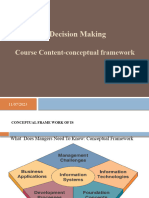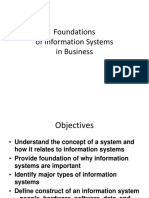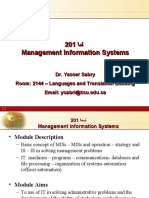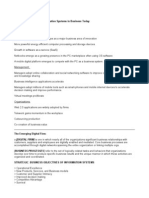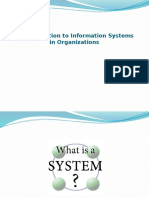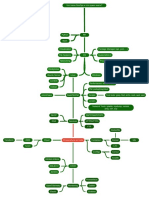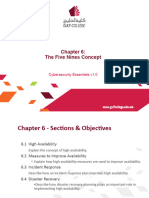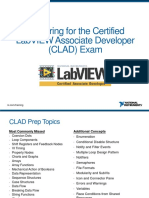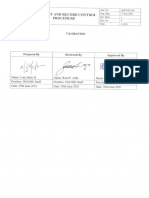0% found this document useful (0 votes)
34 views32 pagesMIS Week 1
The document outlines the course structure for HNDIT1042 Information Management and Information Systems, including weekly timetable allocations, assignment plans, course aims, and learning outcomes. It emphasizes the importance of understanding information systems in organizational contexts and details the dimensions of information systems, including organizational, management, and technology aspects. Additionally, it discusses the significance of high-quality information for decision-making and categorizes information based on its use at different management levels.
Uploaded by
IdolienhleCopyright
© © All Rights Reserved
We take content rights seriously. If you suspect this is your content, claim it here.
Available Formats
Download as PDF, TXT or read online on Scribd
0% found this document useful (0 votes)
34 views32 pagesMIS Week 1
The document outlines the course structure for HNDIT1042 Information Management and Information Systems, including weekly timetable allocations, assignment plans, course aims, and learning outcomes. It emphasizes the importance of understanding information systems in organizational contexts and details the dimensions of information systems, including organizational, management, and technology aspects. Additionally, it discusses the significance of high-quality information for decision-making and categorizes information based on its use at different management levels.
Uploaded by
IdolienhleCopyright
© © All Rights Reserved
We take content rights seriously. If you suspect this is your content, claim it here.
Available Formats
Download as PDF, TXT or read online on Scribd
/ 32





